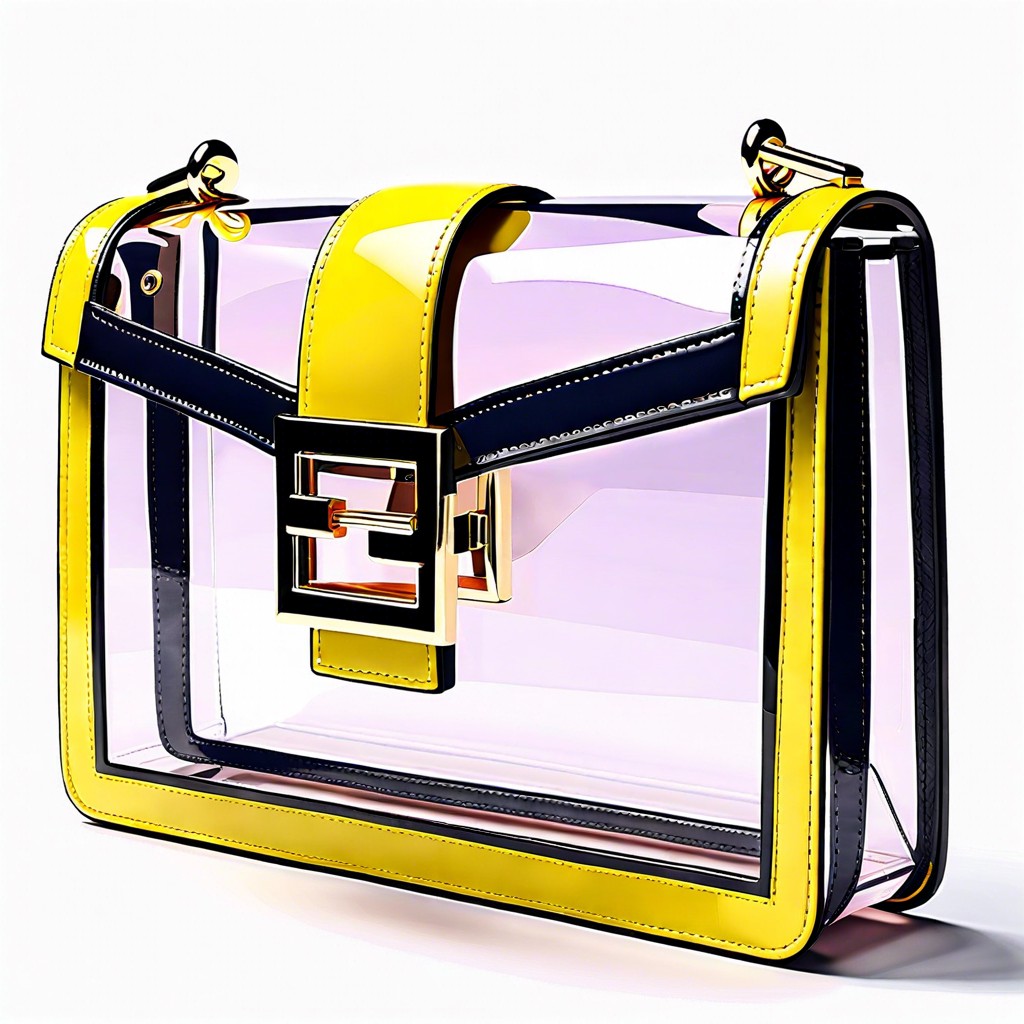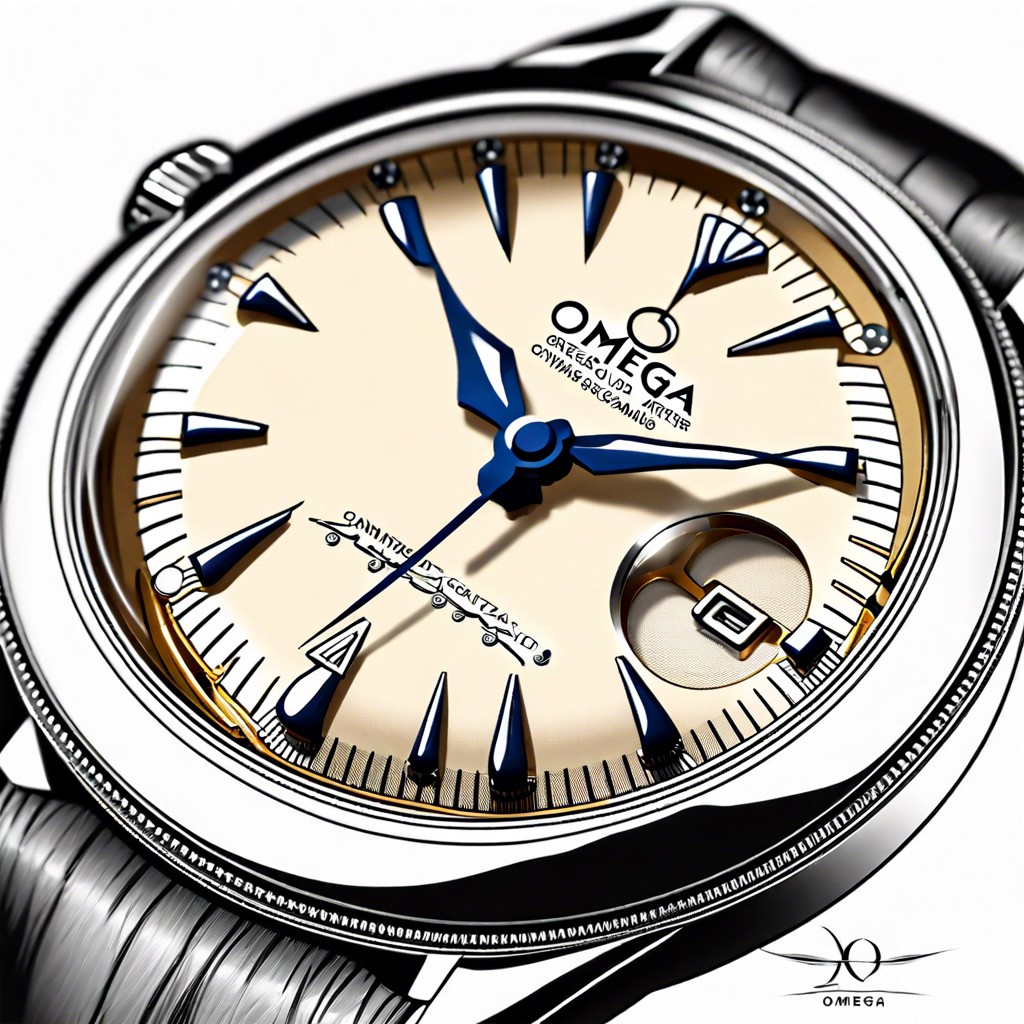Last updated on
Discover the allure and valuation factors of vintage books as we examine how to identify and care for these timeless treasures.
Key takeaways:
- Vintage books are at least 20 years old but not yet considered antiquarian.
- Characteristics include binding, typography, illustrations, and subject matter.
- Condition factors include dust jacket, binding, pages, and inscriptions.
- Values are influenced by scarcity, condition, provenance, and market trends.
- Preserve vintage books by maintaining temperature, handling with care, and proper storage.
Defining Vintage Books

Vintage books generally encompass works that are at least 20 years old but not yet old enough to be deemed antiquarian. These publications offer a glimpse into the literary and cultural trends of the recent past, often showcasing cover art, typography, and language that reflect their period of production. They are diverse, including editions that may have been commonplace at the time of their release but have since become rarer due to trends in collecting, changes in publishing, or simply the passage of time. Vintage status can elevate a book’s collectibility and interest among enthusiasts. While not all old books are valuable, the vintage label often denotes a combination of age, condition, and cultural relevance.
Characteristics of Vintage Books

Vintage books often exhibit binding styles and typography from the era of their publication. Hand-bound books with leather covers, for example, signify craftsmanship prevalent before the advent of modern printing techniques. The paper quality, often thicker and more textured, can also differ from contemporary mass-produced books, some boasting hand-cut pages.
Illustrations provide another clue; vintage books may contain hand-drawn images or early forms of printing illustrations like lithographs or engravings. Typeface and fonts used during the book’s publication era are also indicators, with some typefaces falling out of fashion or being indicative of specific periods.
Ownership inscriptions, library stamps, or bookplates can hint at the book’s provenance and add to its historical allure. Collectors value these marks as they trace a book’s journey through time and ownership.
Lastly, subject matter and language use can reflect the time of writing, with topics, expressions, and societal norms dating the text. These elements collectively contribute to the charm and uniqueness of vintage books.
Evaluating the Condition of Vintage Books
The state of a book can greatly influence its desirability and market value. Key elements to consider include the dust jacket, binding, pages, and any inscriptions or unique markings.
A dust jacket in good condition can often enhance a book’s worth, particularly if it is an original. When inspecting, look for vibrant colors, minimal tears, and clear graphics.
Binding integrity is crucial for longevity. Check for a tight spine and securely attached covers. Books that retain their crisp structure are more likely to appeal to collectors.
The pages should be free of foxing, unmarked, and without significant discoloration or water damage. Mild yellowing is common in older books, but severe browning can detract from their value.
Inscriptions or signatures from the author or previous owners can add to a book’s history, potentially increasing its appeal. However, personal annotations or highlighting often reduce a book’s collectibility.
Remember, flaws such as a missing dust jacket or a loose binding do not necessarily render a vintage book worthless, but they do impact its overall marketability. Assessing these factors with a critical eye is vital for accurately determining a book’s condition.
Factors Affecting Vintage Book Values
Scarcity often drives up the value of vintage books; a first edition print run with few surviving copies is likely to command higher prices. Rarity isn’t the sole factor, however. Historical significance plays a pivotal role, as books that have had a notable impact on culture or events are sought after by collectors.
Furthermore, condition is crucial. Vintage books that have been well-preserved will generally be more valuable than those showing significant wear. This includes having a dust jacket if it was issued with one, which can sometimes be more valuable than the book itself.
Provenance adds another layer to a book’s value. Books with a well-documented history or previous ownership by notable individuals can attract premium prices. Collectors prize this connection to significant figures or events.
Finally, market trends cannot be ignored. The fluctuating demand for certain genres, authors, or styles influences values. Understanding these trends is key for buyers and sellers in the vintage book market, as popularity can wax and wane, affecting prices accordingly.
Preserving and Storing Vintage Books
Proper preservation and storage are essential for maintaining the integrity and appearance of vintage books. Consistent temperatures and humidity levels are critical; fluctuations can cause paper to expand and contract, leading to warping and damage. Ideally, books should be kept in a cool, dry environment, avoiding basements and attics where temperatures and moisture levels can vary widely.
Direct sunlight can fade covers and spines, so it’s best to position shelves away from windows or in areas receiving indirect light. If sunlight is unavoidable, UV-filtering window films or shades can help mitigate exposure. Dust and dirt buildup not only detracts from the aesthetic of vintage books but can also be abrasive to delicate pages and bindings. Regular dusting with a soft brush can prevent accumulation.
Shelving vintage books properly will reduce stress on their spines. They should be upright and supported, but not so tightly packed that removal becomes a struggle. Books of similar size should be grouped together to provide even support. For extremely fragile items, acid-free book supports, or custom-sized boxes can offer additional protection. Avoid wrapping books in plastic wraps that trap moisture; instead, opt for acid-free paper or cloth.
Handling vintage books with clean hands free from lotions or oils is another basic but critical aspect of their care. Always provide adequate support when opening a book to prevent straining the binding. By adhering to these guidelines, your vintage books can be preserved for future generations to treasure just as much as the past ones.




